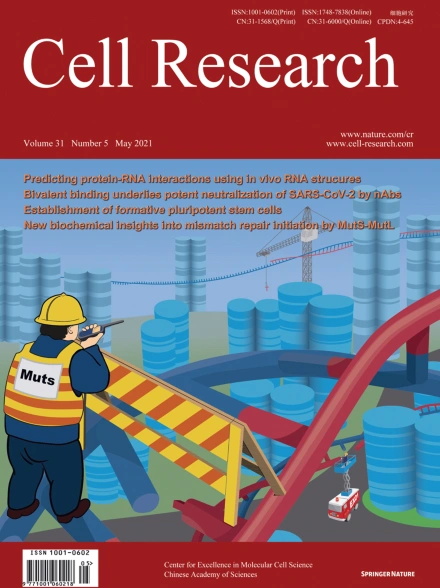
Advanced Search
Submit Manuscript
Advanced Search
Submit Manuscript
Volume 31, No 5, May 2021
ISSN: 1001-0602
EISSN: 1748-7838 2018
impact factor 17.848*
(Clarivate Analytics, 2019)
Volume 31 Issue 5, May 2021: 495-516 |
Predicting dynamic cellular protein–RNA interactions by deep learning using in vivo RNA structures
Lei Sun1,2 , Kui Xu1,2 , Wenze Huang1,2 , Yucheng T. Yang3,4 , Pan Li1,2 , Lei Tang1,2 , Tuanlin Xiong1,2 , Qiangfeng Cliff Zhang1,2,*
1MOE Key Laboratory of Bioinformatics, Beijing Advanced Innovation Center for Structural Biology and Frontier Research Center for Biological Structure, Center for Synthetic and Systems Biology, School of Life Sciences, Tsinghua University, Beijing 100084, ChinaInteractions with RNA-binding proteins (RBPs) are integral to RNA function and cellular regulation, and dynamically reflect specific cellular conditions. However, presently available tools for predicting RBP–RNA interactions employ RNA sequence and/or predicted RNA structures, and therefore do not capture their condition-dependent nature. Here, after profiling transcriptome-wide in vivo RNA secondary structures in seven cell types, we developed PrismNet, a deep learning tool that integrates experimental in vivo RNA structure data and RBP binding data for matched cells to accurately predict dynamic RBP binding in various cellular conditions. PrismNet results for 168 RBPs support its utility for both understanding CLIP-seq results and largely extending such interaction data to accurately analyze additional cell types. Further, PrismNet employs an “attention” strategy to computationally identify exact RBP-binding nucleotides, and we discovered enrichment among dynamic RBP-binding sites for structure-changing variants (riboSNitches), which can link genetic diseases with dysregulated RBP bindings. Our rich profiling data and deep learning-based prediction tool provide access to a previously inaccessible layer of cell-type-specific RBP–RNA interactions, with clear utility for understanding and treating human diseases.
https://doi.org/10.1038/s41422-021-00476-y